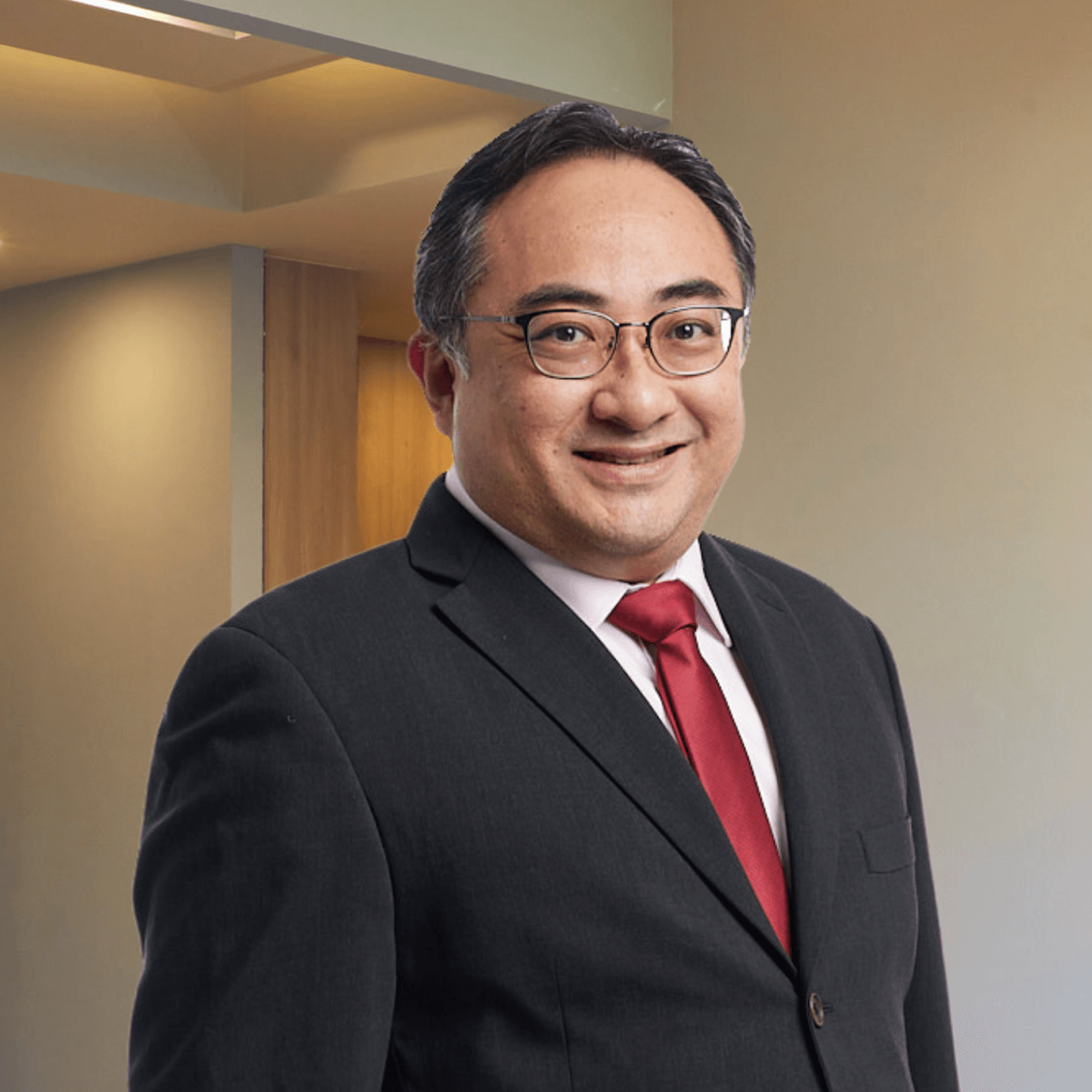Potential Risks and Complications
As with any surgical procedure, cervical laminectomy carries potential risks and complications, including:
- Infection: Risk of infection at the incision site or within the spinal column.
- Bleeding: Possible excessive bleeding during or after surgery.
- Nerve Damage: Risk of accidental damage to the spinal cord or nerve roots, leading to weakness, numbness, or paralysis.
- Instability of the Spine: Removal of the lamina can sometimes lead to instability in the spine, necessitating further surgical intervention such as spinal fusion.
- Persistent Pain: Some patients may experience persistent pain or discomfort in the neck area after surgery.


